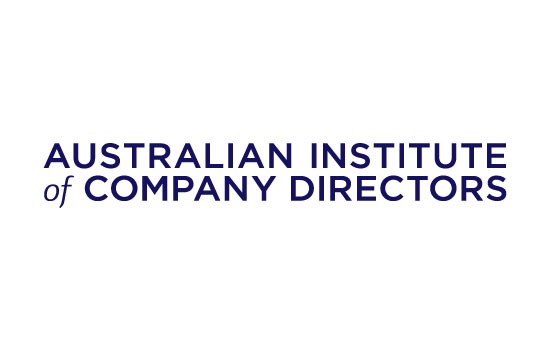
In early April, the Australian Institute of Company Directors (AICD) released a statement calling on all boards to ensure that at least 30% of directors are female, and urged all listed companies to achieve this target by 2018.
In launching this target, AICD’s Managing Director and CEO, John Brogden, said the new objective is a significant extension of previous diversity initiatives.
“There is an undeniable case for gender diversity on boards. It is not only the right thing to do, but the smart thing to do” Mr Brogden said.
“Numerous pieces of research demonstrate a positive link between the level of female representation on boards and improve corporate performance.”
While the specific 2018 target is for listed boards, the push for greater female representation is equally applicable to all structures including private, public and not for profit sectors.
As Mike Myatt wrote in Forbes magazine in late 2013, “board diversity is simply smart business… the best boards are the most diverse boards. They can offer a depth and breadth of insight, perspective and experience that non-diverse boards simply cannot”
While the focus of the AICD target is on increasing female diversity at board level, this is equally important at the broader workplace level. As outlined in the Australian Public Service induction guide, a diverse workforce “increases the opportunity to bring various perspectives to identifying and solving problems”.
Of course, it is not just about gender diversity. One of the important issues for any organisation is having the right balance of experienced people who understand the business and industry with those people who will think differently and use their diverse experience to drive innovation. Similarly, employees who come from different cultural backgrounds will bring different perspectives to your organisation, as will those who come from younger or older demographics.
Achieving diversity, at board or management level can assist in boosting organisational performance. It must also be recognised that such diversity needs be managed appropriately. The role of the Chair of the board in optimising the benefits of the diverse views should not be underestimated. A good Chair will understand the complexities that emerge with a group of diverse individuals. Similarly the CEO needs to understand the diverse workforce that they are managing, as well as understanding the board they are reporting to.
No doubt there is much to be gained from a diverse workforce from the top-down, and it is equally important to recognise that greatest benefits will only be achieved through the appropriate harnessing of this diversity.


